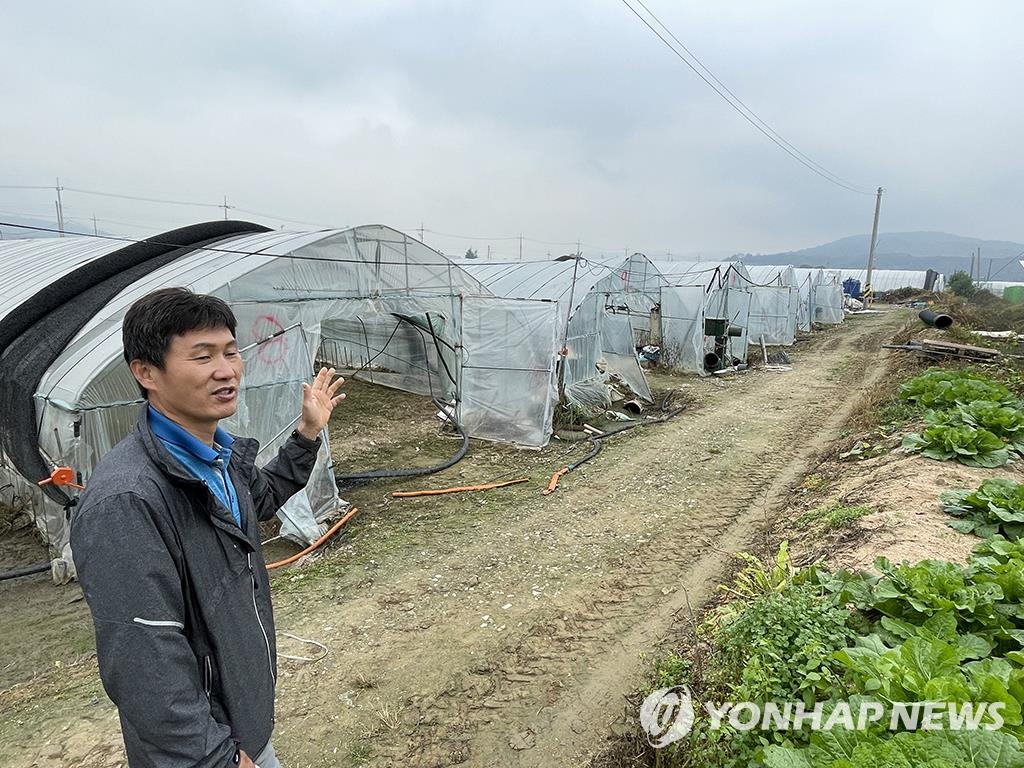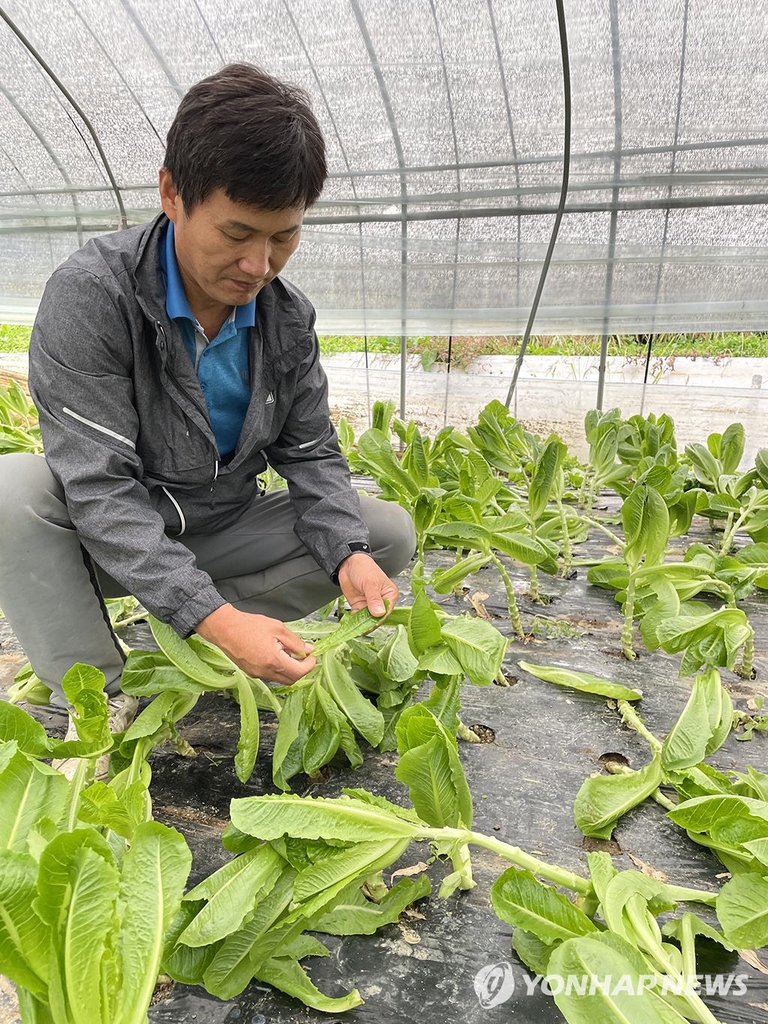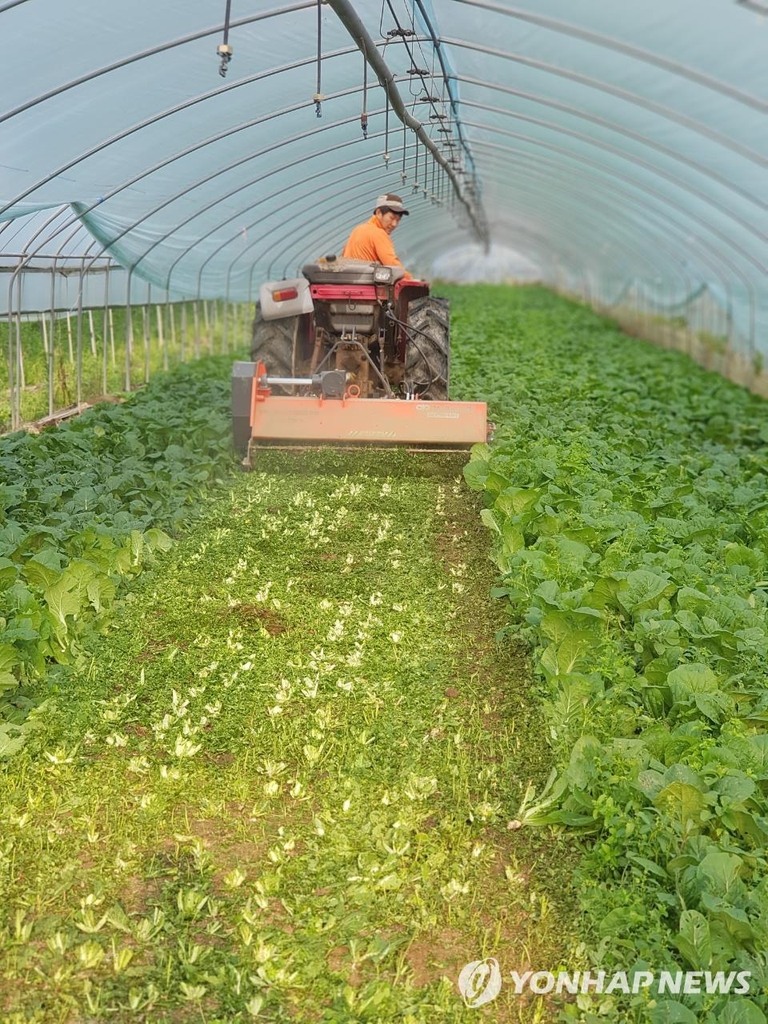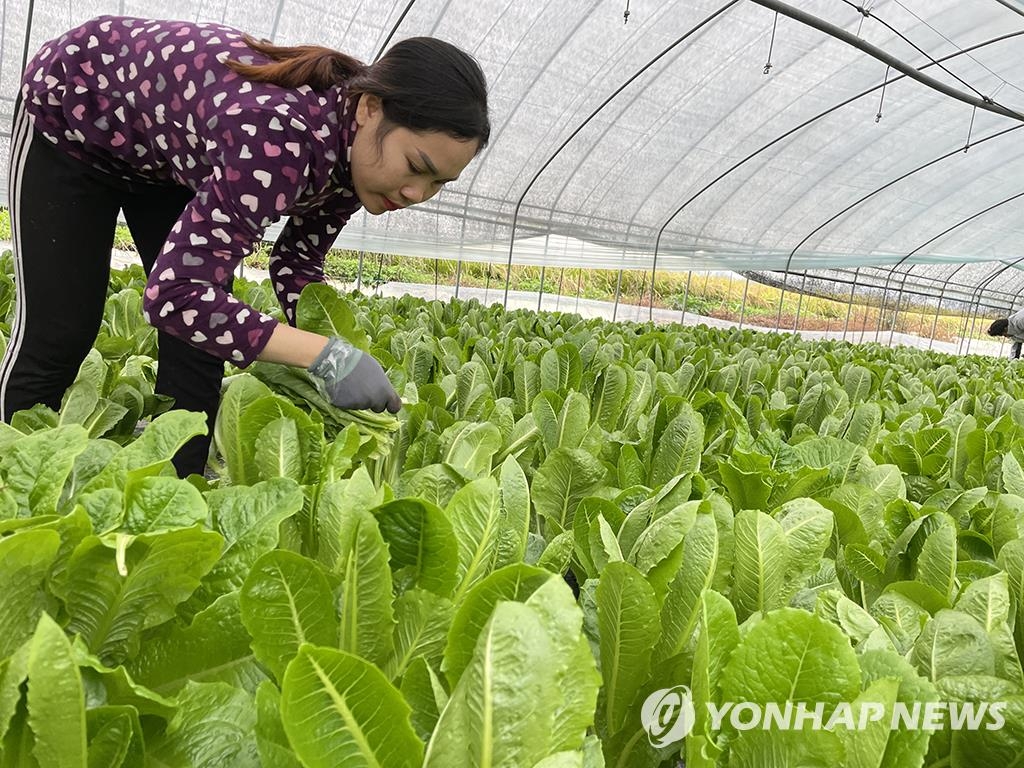Mark R. Whittington, opinion contributor
An old saying among foreign policy circles stated that while the kingdom of heaven runs on righteousness the kingdoms of the Earth run on oil. However, because of concerns about climate change, the fracking boom in the United States and the discovery of oil and gas deposits offshore of the State of Israel - the old reality no longer applies.

The new reality is that the kingdoms of the Earth run on high technology. Few countries have moved so quickly to adapt as the United Arab Emirates. The UAE, as part of a shift toward high tech, has started its own space program. In a few short years, the Arab gulf state has become a major space power.
The UAE is pursuing a strategy that includes developing its own space capabilities and seeking both international and commercial partners for its various space missions. The UAE is also nurturing its own indigenous commercial space sector. The strategy has met with considerable success.
The Hope Mars probe was developed in house, assembled by the Laboratory for Atmospheric and Space Physics at the University of Colorado, Boulder and was launched on board a Japanese rocket. The Mohammed bin Rashid Space Centre recently released a treasure trove of data from the probe for anyone to evaluate and use. The data show, among other things, how Martian atmospheric gasses interact with each other and with solar radiation.
The Rashid lunar rover will be launched on a SpaceX Falcon 9 and will be taken to the lunar surface on a Japanese lander. The Rashid will land on the Lacus Somniorum region of the moon's near side in late 2022.
The UAE intends to mount a mission to the main asteroid belt in 2028. The probe, which has not been named yet, will conduct gravity-assist maneuvers at Venus and Earth, arriving at the main belt between the orbits of Mars and Jupiter in 2030. It will fly by seven asteroids before landing on another one in 2033. The University of Colorado Boulder's Laboratory for Atmospheric and Space Physics will be a key scientific partner.
Finally, the UAE and Israel have signed an agreement pledging cooperation, among other projects, in the Beresheet 2 moon mission. The agreement further cements relations between the two countries, which have become commercial and defense allies, in the wake of the Abraham Accords.
The UAE has its own astronaut corps, including astronauts are Hazzaa Al Mansoori, Sultan Al Neyadi, Nora Matrooshi and Mohammed Al Mulla. Al Mansoori has already flown a week-long mission to the International Space Station, riding to the orbiting laboratory on a Russian Soyuz. Al Matrooshi is the first Arab woman astronaut. She has expressed interest in being included in a future Artemis mission to the moon.
Besides a growth of technology, the UAE-based National News reports that the UAE's space program has sparked a "space culture" in the Arab gulf state. The Emirate's space culture has been manifested in a growth of astrophotography and other visual art.
The UAE's space program, and its power to positively affect that country's economy and culture could serve as a model for other countries. NASA and the new space commercial sector have certainly proven to be a positive influence in the United States, a country much in need of something to feel good about.
Too often, developments in the Islamic world have proven to be tragic. The recent takeover of Afghanistan by the Taliban is a case in point, with the resulting collapse of that country's economy and the chronic human rights violations, especially against women.
The UAE's turn toward technology development and education harkens back to the early history of the Islamic world, when that region was a center of science, mathematics and medicine. The fact that STEM in the Arab gulf state has been of benefit to women should not go unnoticed. Besides Nora Matrooshi, Sara Al Amiri was recently elevated to become the UAE's first Minister of Advanced Science and the chairperson of that country's space agency.
The UAE was an early signatory of the Artemis Accords, an alliance of states pledging cooperation in the movement of humankind to the moon, Mars and beyond. Thus, the Arab gulf state will be a major force in the exploration of space.
Mark R. Whittington is the author of space exploration studies "Why is It So Hard to Go Back to the Moon?" as well as "The Moon, Mars and Beyond," and "Why is America Going Back to the Moon?" He blogs at Curmudgeons Corner.
















